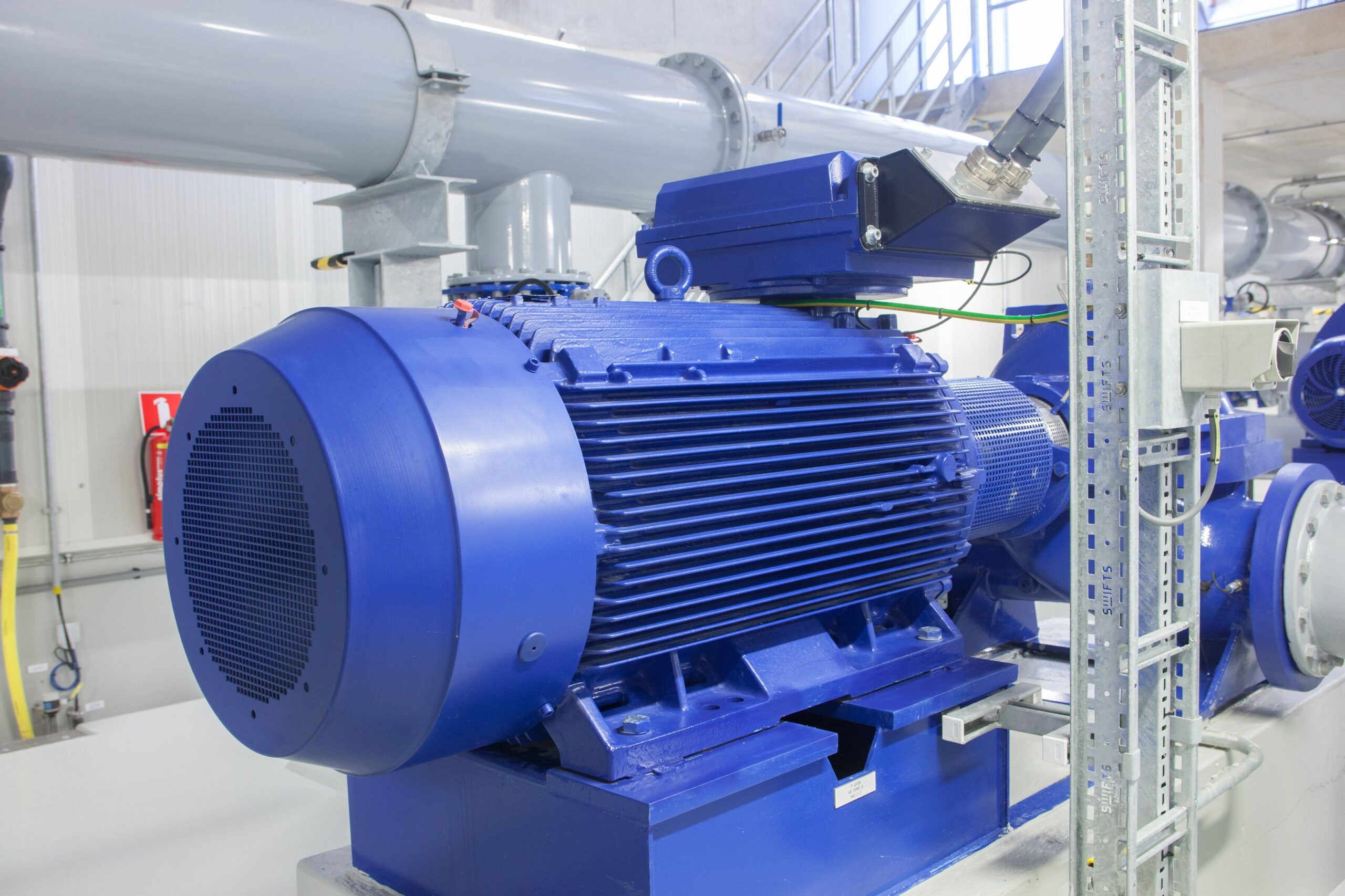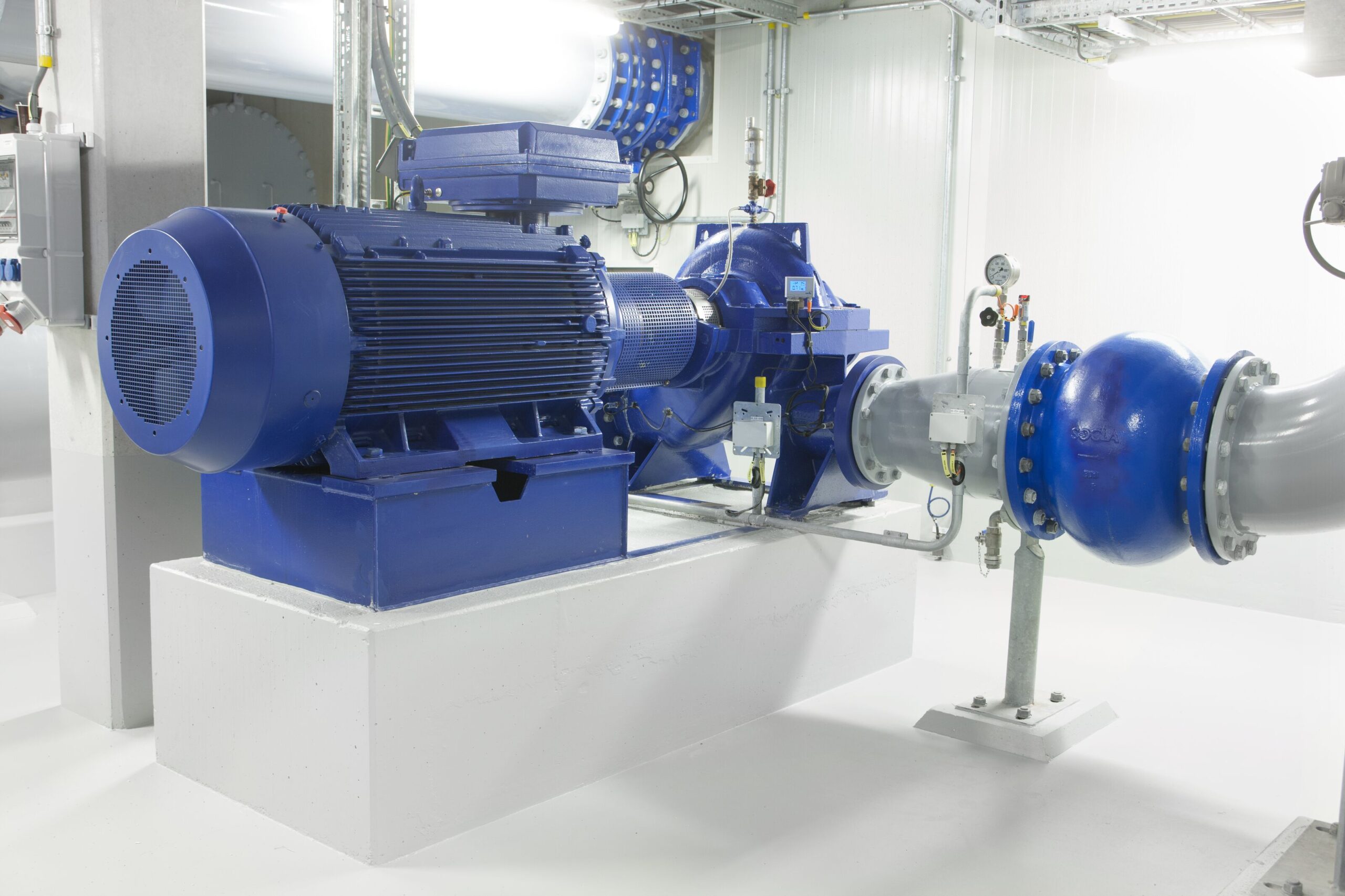
ABB’s Clayton Mead, UK Water Industry Manager
In the vast majority of water and wastewater applications, making a small change to the speed of a pump motor will have no noticeable impact on pumping systems, but it can improve system efficiency. Make enough small changes, as ABB’s Clayton Mead, UK Water Industry Manager, explains, and it can quickly add up to a much more sustainable water industry.
With the world committed to achieving Net Zero by 2030, the water and wastewater industry faces the need for profound change if it is to meet these ambitious goals, while also fulfilling its obligations to both Ofwat and its customers. Recent headlines about water quality and leakages in the UK show that public scrutiny of the industry has never been higher, and the British population is demanding that the industry show progress towards building networks that are much more efficient, resilient and reliable.
Net Zero is usually mentioned in terms of major technological and societal changes such as phasing out fossil fuels, reducing air travel and switching to electric cars. Although important, such fundamental changes are longer term goals and cannot be implemented overnight.
One area where water utilities can make a rapid difference is in how they use electric motors, tens of thousands of which are in operation across the UK water and wastewater network. With an estimated 70 percent of all industrial electrical energy consumed by motors[1], each individual motor is an opportunity to save energy, and this can often be done without affecting processes in any way.
Many motors are switched on and simply left to run, without any form of electronic speed control, and so are either running at full speed, or not at all. In the past, methods for controlling speed used mechanical means such as vanes and dampers. However, these still mean that the motor was still operating at full speed, with all the excess energy simply going to waste. A better way is to use a variable speed drive. This device controls the motor’s speed electronically, allowing the speed of the motor to be varied to meet the actual demand of the process. In applications like pumps, drives have been shown capable of reducing energy requirements by up to 50 percent.
Even making a small change of as little as one percent to the speed of each motor can very quickly add up to a big difference. This is because pumps are Cube Law applications, with any reduction in speed producing a proportionally higher reduction in the pump’s energy demand. This means that reducing the speed of a pump by one percent – an almost imperceptible amount – immediately results in a three percent energy saving.

Many motors are installed and then left alone, set to run in the same way often for years on end. With a change to the motor’s control philosophy, these applications represent extremely quick wins that can rapidly improve process efficiency, and cumulatively save vast amounts of energy. While altering critical processes that could risk leading to disrupted services is best avoided, opportunities like these are abundant across many water plants. Moreover, many of these small projects need no additional investment, with only minor changes needed to existing equipment.
Because of the large number of pump driven processes in operation, the water industry offers a vast number of opportunities for small changes. In isolation they may seem insignificant, but they can easily add up to big improvements in overall energy efficiency. As an example, pumping slower for longer is more energy efficient than pumping faster. Reducing a pump’s speed by as little as one percent, or possibly even more for non-critical applications, is a quick way of saving energy while having no impact on overall service.
Another method is to use two pumps instead of one – multi-pump systems can improve energy efficiency by up to 40 percent without affecting the speed of the process. Variable speed drives can unleash even greater efficiency gains, while allowing control and optimization software to extract the best performance from the pump and motors. They can also incorporate cleaning functions to improve resilience and reduce downtime. Each of these measures improves overall system efficiency, with no negative impact.

Energy savings can potentially be bigger still by upgrading motors to the latest high efficiency devices. ABB’s latest generation of IE5 ultra-premium efficiency SynRM motor offers 50 percent lower energy losses, and significantly lower energy consumption compared to IE2 motors. Upgrading motors from IE2 to an IE5 SynRM can pay for itself many times during the lifetime of the motor. Another factor is that the vast majority of motors may well be oversized, so installing a smaller motor will consume less energy while still operating processes effectively.
Potentially a one percent speed reduction may cause no disruption to an individual system, but it could save energy. With tens of thousands of motors used across the industry, these small changes can rapidly add up to substantial energy savings, carrying the potential for the water and wastewater sector to save up to £60 million per year in energy costs.
ABB offers a free, no obligation service aimed at helping utilities to find out more about how to make water industry processes more energy efficient. The service, called the ABB Energy and Optimisation Appraisal, begins with a site visit to analyze a facility’s operations. A report is then provided identifying which applications are candidates for energy saving, and how to achieve it.








